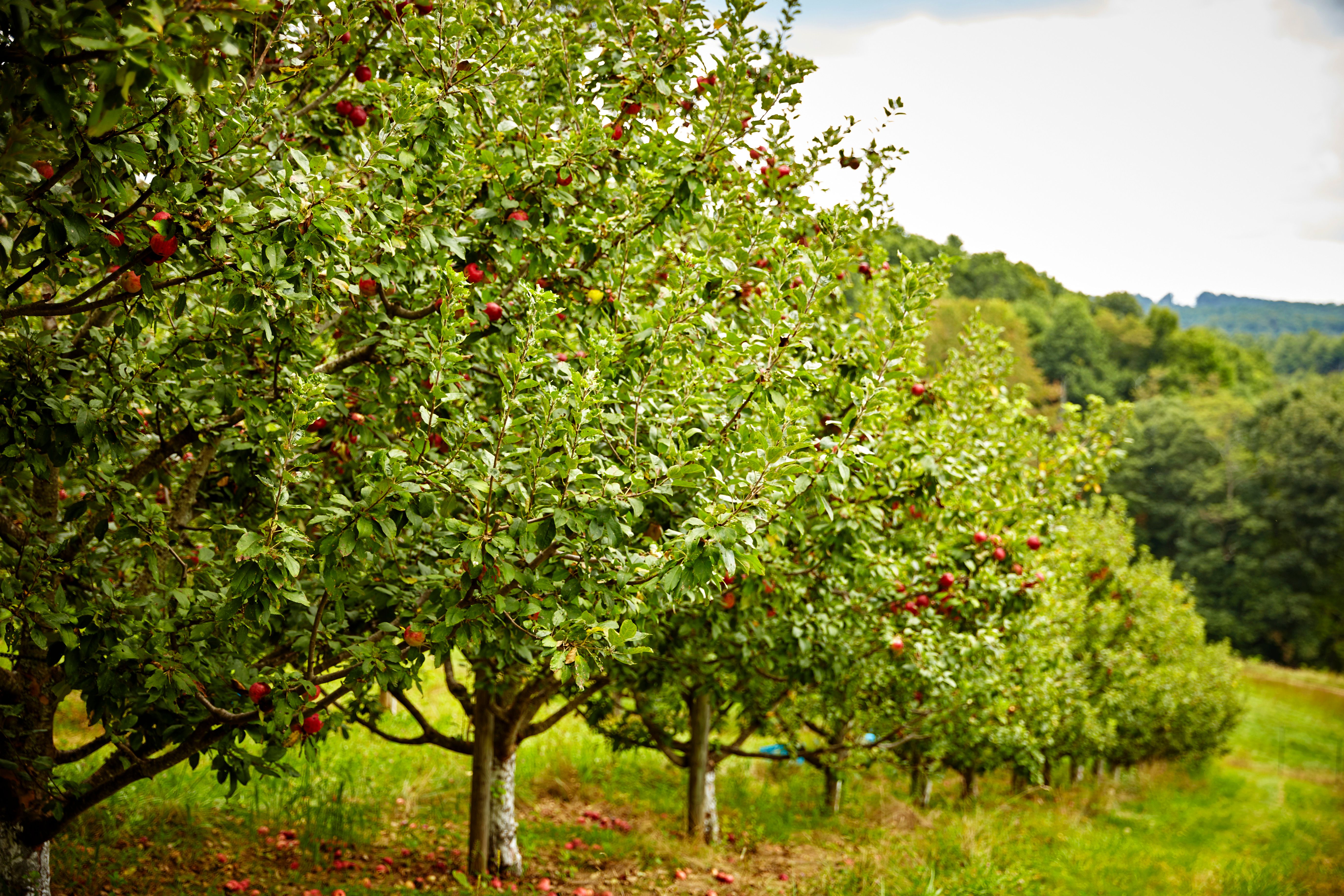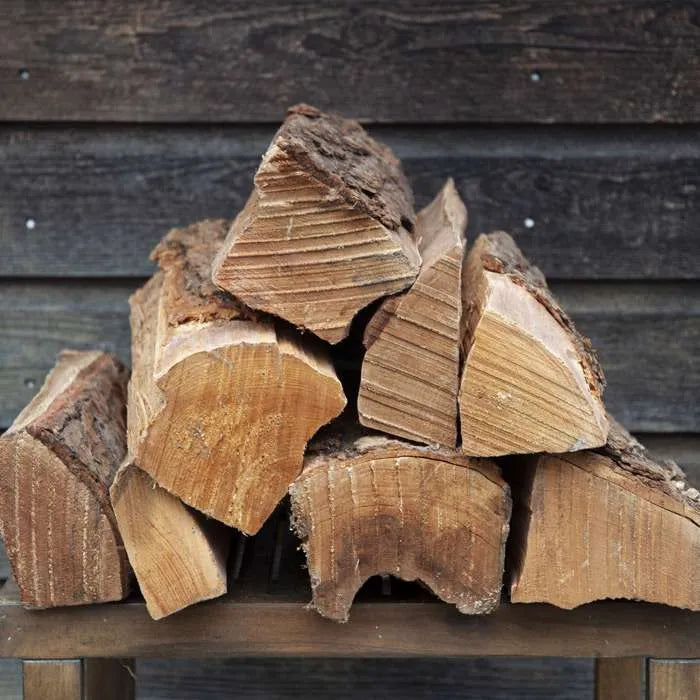When we say a particular plant is suited for zone 7b, do you know what we’re referring to?
The United States Department of Agriculture (USDA) created a Plant Hardiness Zone Map that’s become an essential tool for gardeners, farmers, and plant enthusiasts across the United States.
This map, updated periodically, provides invaluable information about the suitability of specific plants in different regions based on climate, particularly minimum winter temperatures.
Knowing your USDA plant hardiness zone is crucial when it comes to selecting and caring for plants in your garden, ensuring their health and longevity.
Introduction to USDA Plant Hardiness Zones
The concept of plant hardiness zones was developed by the USDA to help gardeners and growers determine the most appropriate plants for their specific climate.
The map divides North America into 13 primary zones, each representing a 10-degree Fahrenheit difference in average annual minimum temperature. These zones are further subdivided into “a” and “b”' sections, representing a five-degree difference; one is the colder half of the zone and the other is the warmer half.
The zones are determined based on the average annual extreme minimum temperature over a 30-year period, not the lowest temperature that has ever occurred in the area. This approach provides a more accurate and useful guide for plant survival and growth.
Reston Farm Garden Market is in zone 7b, which means the plants that work well in our area can tolerate our minimum winter temperatures of 5° to 10° F.
Our neighbors in the DC area and along the Potomac River fall into zone 8a, with average winter temps coming in about 5° warmer than ours.
The Importance of Understanding Your Zone
Understanding your specific hardiness zone can greatly impact the success of your garden. Here's why:
Plant Survival
Certain plants can only survive in specific temperature ranges. Knowing your zone helps you choose plants that can withstand the winter temperatures of your area.
Bloom and Harvest Times
The length of growing seasons varies by zone. This affects not only when plants will bloom, but also when fruits and vegetables are ready to harvest.
Pest and Disease Resistance
Some zones are more prone to specific pests and diseases. Selecting plants adapted to your zone can reduce susceptibility.
Water Requirements
Different zones have varying levels of rainfall and humidity, affecting how much additional watering your plants may need.
How to Find and Understand Your Hardiness Zone
Determining your USDA plant hardiness zone is straightforward:
- The most accurate way to find your zone is by checking the USDA Plant Hardiness Zone Map, and you can simply type in your zip code or locate your place on the map.
- Each zone is represented by a number and a letter (e.g., 5b). The number indicates the zone, while the letter shows the subsection. The higher the number, the warmer the zone. (You may also note that the colors on the map correspond with the cooler and warmer zones as well.)
Selecting Plants for Your Zone
Once you know your zone, you can make more informed choices about what plants to grow. For example, be sure to read the tags on the plants you’re interested in, as well as the information on any seed packets. These often include zone information, indicating the range of zones where the plant can thrive.
You can also check with gardening experts such as the folks here at the Garden Market. We’re happy to make recommendations on plants best suited to your conditions. Which leads us to another consideration…
Your garden might have microclimates! These areas may be slightly warmer or cooler than the general zone. For example, if you have a garden spot that’s next to a wall that absorbs heat all day, you may have more success planting something that typically thrives in a warmer zone. It’s important to factor these into your plant choices.
Zone-Specific Gardening Tips
Each hardiness zone has its unique gardening challenges and opportunities:
- Cold Zones (1-3): Focus on cold-hardy plants and take advantage of the long summer days.
- Temperate Zones (4-6): A wide variety of plants can be grown, with attention to winter protection for some.
- Warm Zones (7-9): Emphasize drought-tolerant plants and those that can withstand hot summers.
- Tropical Zones (10-13): Prioritize plants that thrive in heat and humidity, with attention to irrigation during dry spells.
Beyond the Zone: Other Factors to Consider
While hardiness zones are a great starting point, other factors also influence plant growth. Wind, soil type, soil moisture, humidity, pollution, snow, and winter sunshine can greatly affect the survival of plants.
Many times, it’s about balance, especially between warm-season heat and moisture. Also, the way plants are placed in the landscape (Are they out in the open? Are they next to a wall?), how they are planted, and their size and health can also influence their survival.
- Soil type and quality as it relates to moisture: Plants have different soil needs, and each plant may also have different seasonal needs. Also, both overwatering and underwatering can affect plant health, so knowing how the soil absorbs water and how that matches with the moisture a plant needs is important.
- Light: Consider the amount of sun and shade in your garden, and don’t forget about how that may change. (For example, a shade plant under a tree may be exposed to more winter sun when the tree loses its leaves in the fall.)
- Cold exposure: Consider whether a plant can withstand a short period of cold exposure or will be in trouble if the period of cold exposure is longer than anticipated.
- Humidity: If the humidity level is high enough, a plant may have less cold damage due to less moisture loss to its leaves, branches, and buds.
- Local wildlife: Some plants may be more prone to damage from local animal populations.
Adapting to Climate Change
As climate patterns shift, so do hardiness zones. Gardeners must adapt by:
- Being aware of changes in local weather patterns and adjusting your gardening practices accordingly.
- Being flexible and experimenting with new plants. As zones shift, plants that previously couldn't survive in your area may now thrive.
- Building resilient gardens. Incorporate a variety of plants to ensure your garden is resilient to changing conditions.
You may be interested in: How to Create a Downspout Garden
Knowing Plant Hardiness Zones can Help You Choose Plants That Work With Mother Nature, and Not Against Her
Understanding USDA plant hardiness zones is key to successful gardening. It helps you select plants suited to your particular climate, ensuring their health and sustainability. Remember, gardening is a dynamic activity, and adapting to changes, whether they are in climate patterns or gardening techniques, is part of the joy and challenge of growing a thriving garden.
It’s simple. Knowing your USDA plant hardiness zone isn’t just about adhering to guidelines, it's about creating a harmonious and resilient garden that respects and responds to the natural environment.
If you have questions or want to talk more about the zones and a plant’s hardiness, talk to your friends at Reston Farm Garden Market. We’re here to help. Naturally.
